Nominated for an Oscar, 'A Real Pain' - Jesse Eisenberg's "love letter to Poland" - is an profound exploration of Holocaust memorialisation, intergenerational trauma and modern mental health struggles, which also presents Poland as a thoroughly underwhelming travel destination.
'A Real Pain' follows Jewish-American cousins David and Benji Kaplan as they travel to Poland to honour their late grandmother's memory. David, a reserved and pragmatic family man, contrasts sharply with Benji, a free-spirited and outspoken drifter. Their journey, which includes joining a Holocaust tour, leads them to confront their own unresolved tensions and family history. As they visit Jewish heritage sites in Poland, including places of memory in Warsaw, Lublin and the Majdanek Concentration Camp, the cousins grapple with their differing personalities and the weight of their family history and identity. The film delves into themes of personal and generational pain, exploring how individuals cope with loss, family dynamics, and historical trauma.
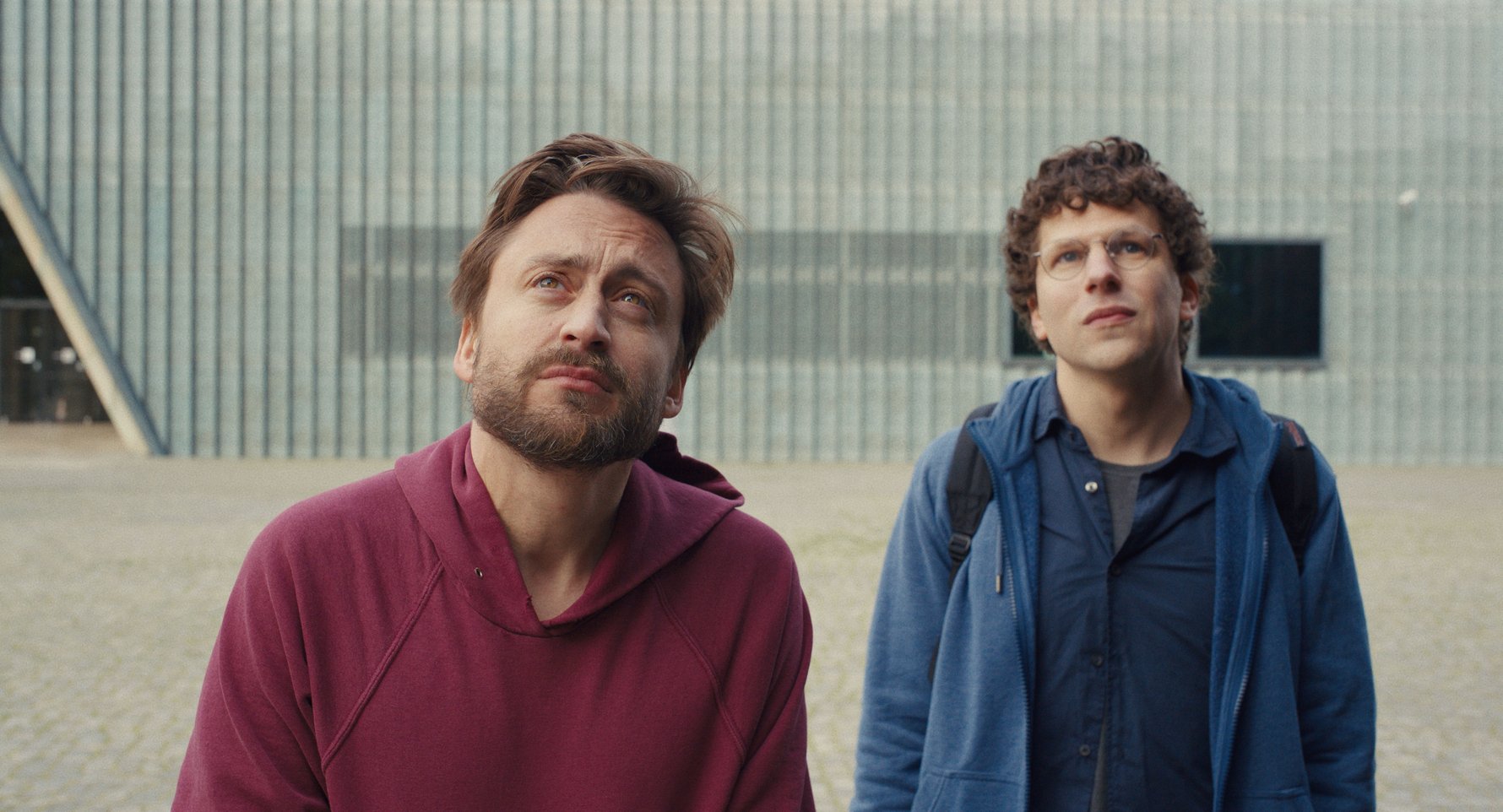
'A Real Pain' received an Oscar nomination in the Best Screenplay category, and, in our opinion, rightly so. Jesse Eisenberg, who directed and stars in the role of David, is equal in talent behind the keys as he is on either side of the camera, and the dynamic between the two main characters really is a joy to watch. The odd couple of David and Benji (played brilliantly by Kieran Culkin) appears to have been established in a short story that Eisenberg wrote in 2017, titled 'Magnolia,' about two backpackers travelling to East Asia with very contrasting ideals, aims and expectations about what they will experience. A later iteration of this idea would become the basis of the screenplay for 'A Real Pain,' which shifts the setting to Poland to explore tension and trauma around the Holocaust.
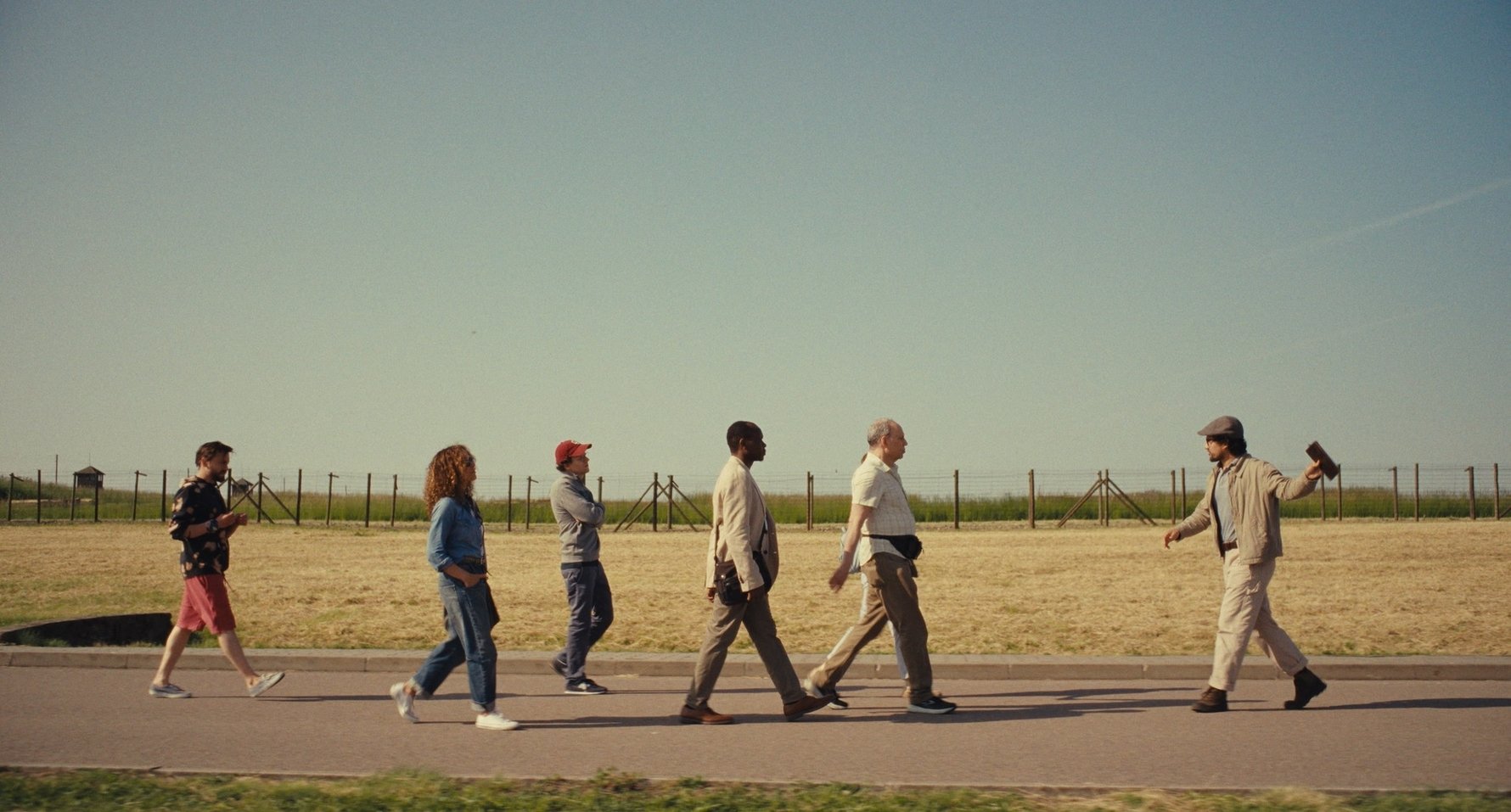
Eisenberg is one of Hollywood's go-to guys for the neurotic, socially-awkward, vanilla flavour of male lead, and he is self-aware enough to have written such a character for himself. Whether purposefully done or not, Kieran Culkin fits the counterpart Benji like a glove, bringing out the same deep-seated insecurities and inappropriateness of Roman Roy, the character he plays on HBO's 'Succession.'
Eisenberg's choice for Poland as a setting is no accident. He himself is a third-generation Jewish American whose Ashkenazi ancestors hailed from Poland and Ukraine. He also travelled extensively through Poland in 2008, and the country has since issued the actor a passport. 'A Real Pain' is therefore deeply introspective for Eisenberg, who has been struggling to come to terms with this part of his identity for decades. These experiences, both indirectly and directly, have culminated in a film script that he has called “a love letter to Poland.”
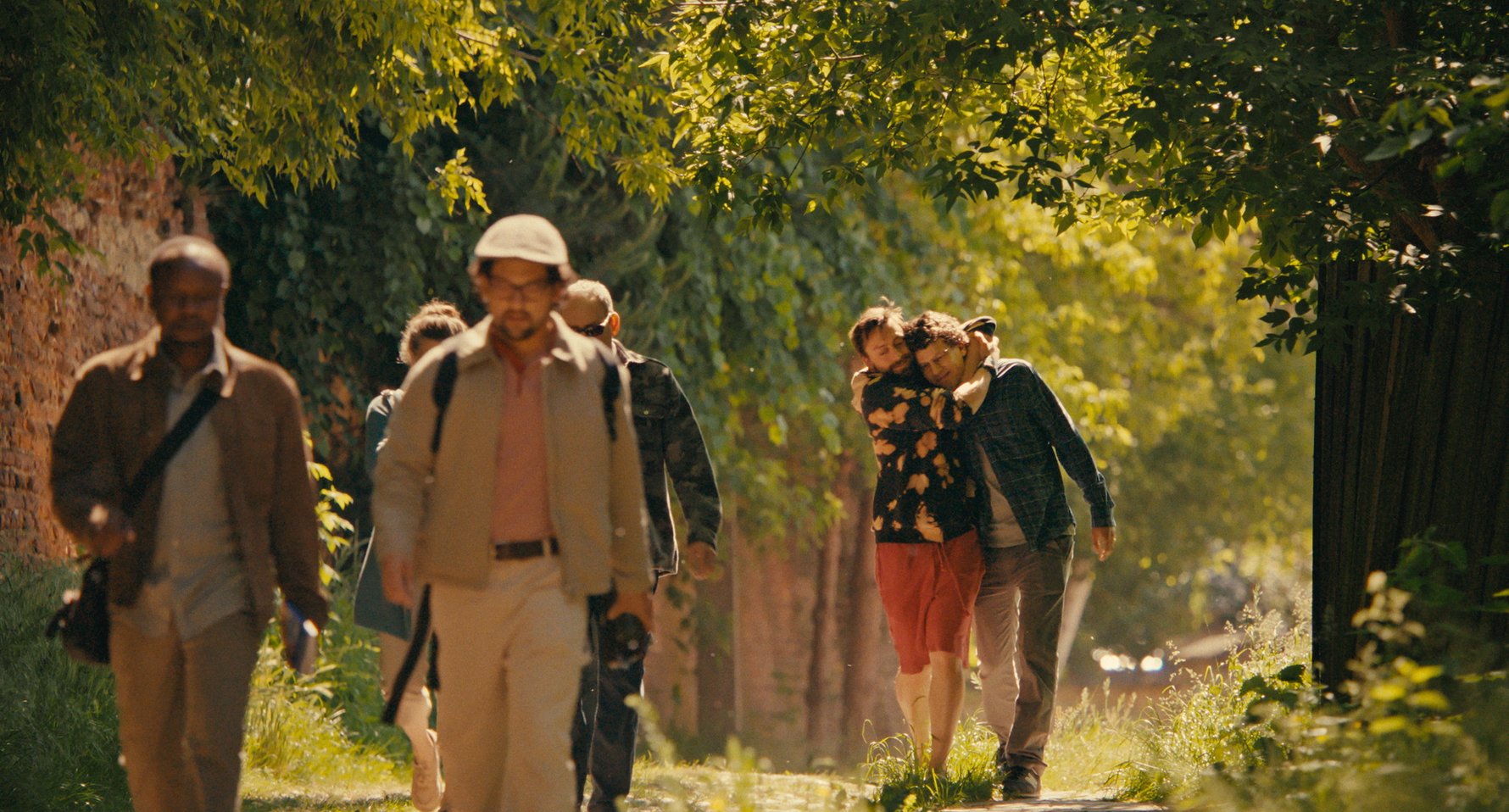
One of Eisenberg's early inspirations for exploring the Polish angle in his script was an online advertisement he saw - "Auschwitz Tour (lunch included)" - which highlighted for him the awkwardness, absurdity and unseemliness of Holocaust tourism, and travelling with a tour group on a strict itinerary in general. In the film, the group's guide, James (played by Will Sharpe), is a young British gentile with a Oxford University education. James is confronted by the unfiltered, heavy-handed Benji, who claims James is too focused on impersonal historical facts, and criticises the lack of emotional depth on the tour. Benji also criticises the tour's lack of interaction with local Poles, something I also found myself questioning as I watched the film, and expected to be resolved somehow by the film's end (more on that later).
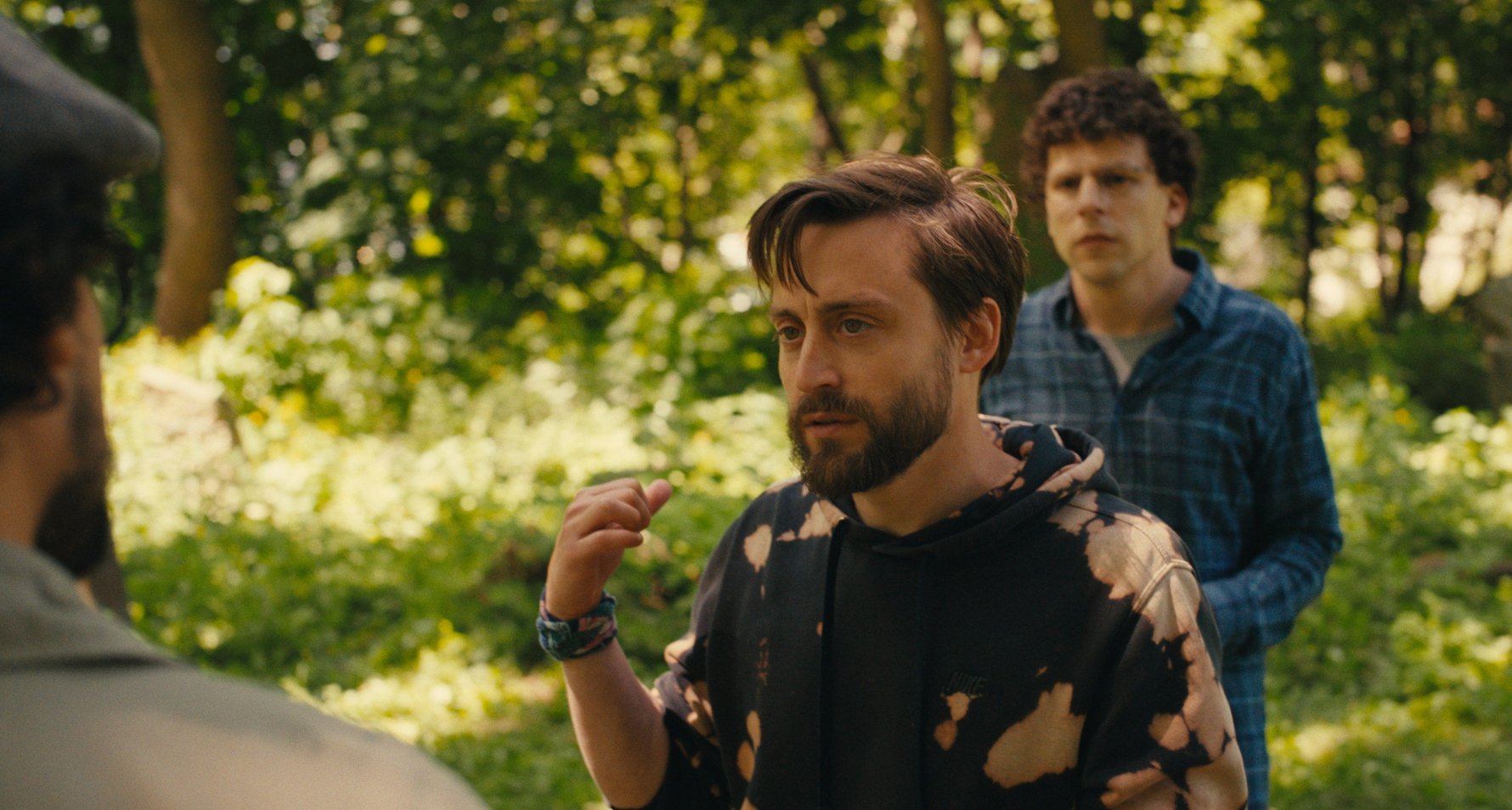
For a film whose budget was a very modest $3 million USD, it is well shot, and there are some pretty pictures to show for it. That being said, it is extremely disappointing that, with the involvement of the Mazovia Warsaw Film Commission, there were virtually no shots of Warsaw's Old Town, and barely any of the Polish capital's cosmopolitan centre. Tipping the scale in the other direction are plenty of shots of dull Communist-era apartment blocks. Perhaps they were filming in Muranów or Nowolipcki, where the Jewish community once thrived, but there was little or no context to indicate it as such.
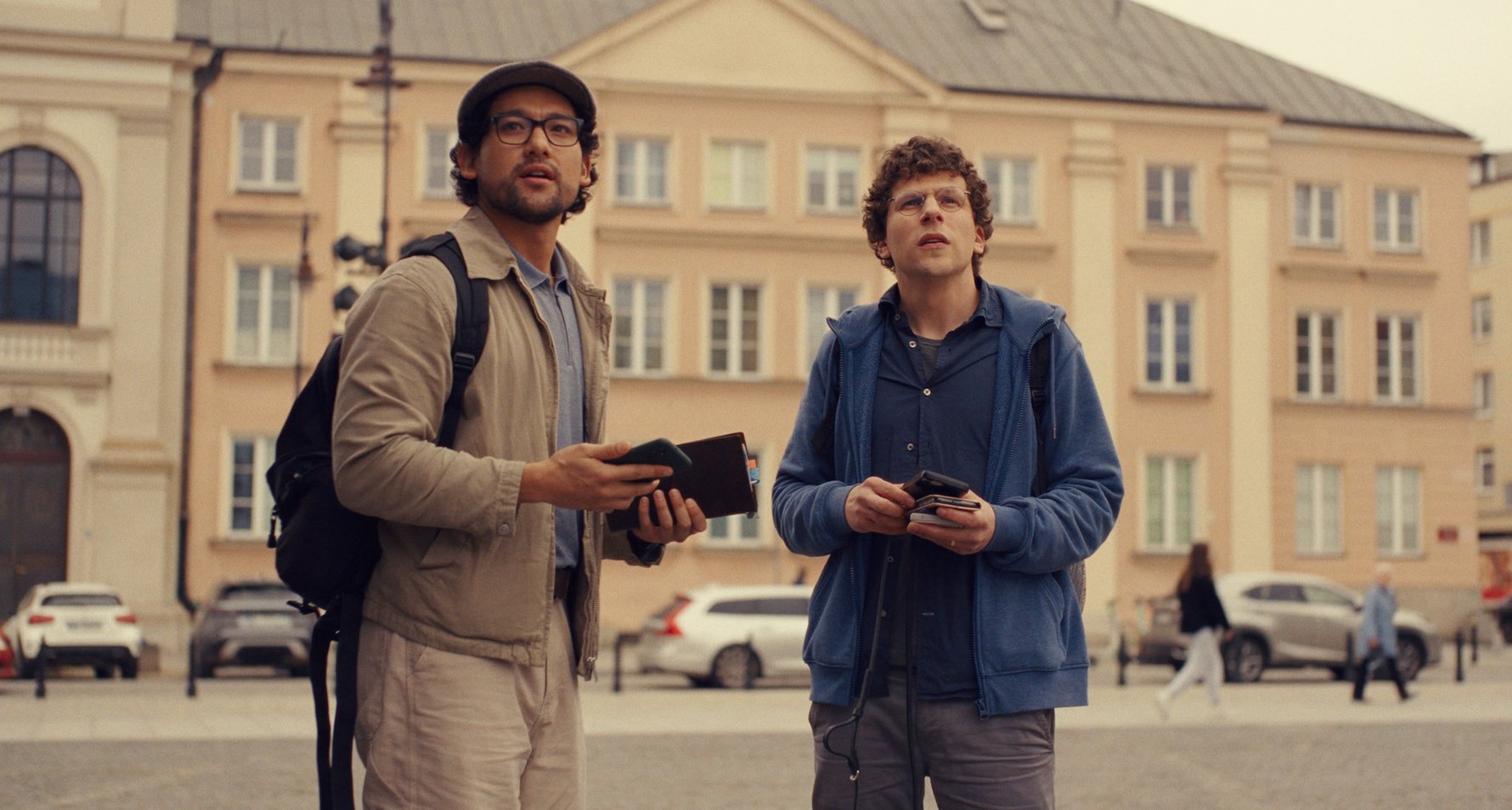
Believe it or not, the cinematographer on 'A Real Pain' was Warsaw-native Michał Dymek, who Jesse Eisenberg described as "an encyclopedia of places we could shoot (in Warsaw)" and someone that could find "places that would look beautiful as imagery in a movie." Perhaps there were issues with getting prime location permits, or Eisenberg's opinion of Dymek is just massively overstated. In this film, Warsaw looks dull, boring and about as inviting as a concrete bunker in a parking lot. Things only get worse, unfortunately, as the film proceeds.
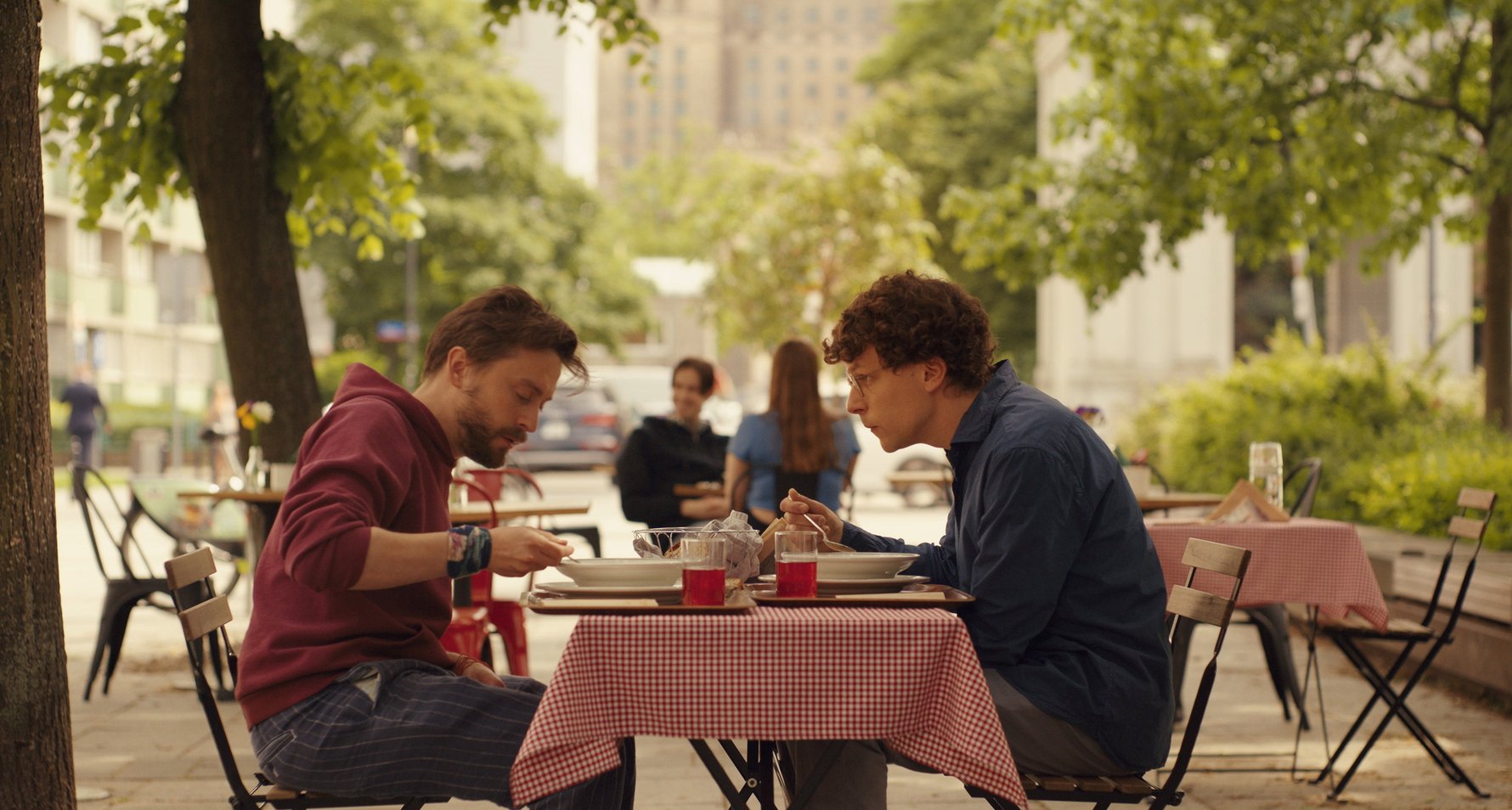
The second major stop for the Holocaust tour group is Lublin, a city in southeast Poland whose pre-WWII Jewish community constituted around 31% of its population. Today Lublin's Old Town is a beautiful patchwork of rickety little 17th- and 18th-century buildings that look like they were pulled straight out of a Brothers Grimm fairytale. Simply put, it's stunning - there's no other way to describe it. So, how much of this scenery do Dymek and Eisenberg use in the film? Aside from Grodzka Gate, a brief panoramic view from the top of Lublin Castle, and the bridge in between the two landmarks, there is virtually nothing of Lublin's Old Town in the film. After David quickly departs a Jewish restaurant to search for his cousin, we see only about 5 dark and obscured seconds of Lublin's market square.
The film even has the audacity to place the tour group in a shitty hotel in a peripheral district, which gets more screen time than any of the Old Town locations combined. For a group of primarily middle-class Americans, such a tour package guaranteeing a carefully-planned itinerary could've easily accommodated them in a prime location with picturesque views. Instead the director has purposefully chosen a lesser option. Despite all the talk of avoiding the washed-up Eastern European stereotypes, it's clear that the film is still adamant in playing up Poland's supposed backwardness. So much for the 'love letter'.
The film spends an extended amount of time in Lublin's Old Jewish Cemetery, and briefly shows the nearby Majdanek Concentration Camp, in which 78,000 victims perished during Nazi Occupation. These location choices are certainly appropriate, and will not be challenged in this review. On a different note, however, the montage that accompanies David's monologue mourning the absence of Lublin's (and by extension Poland's) Jewish community is incredibly frustrating to watch. Again, the locations chosen are exclusively focused in the less-than-flattering urban areas of the inner city.
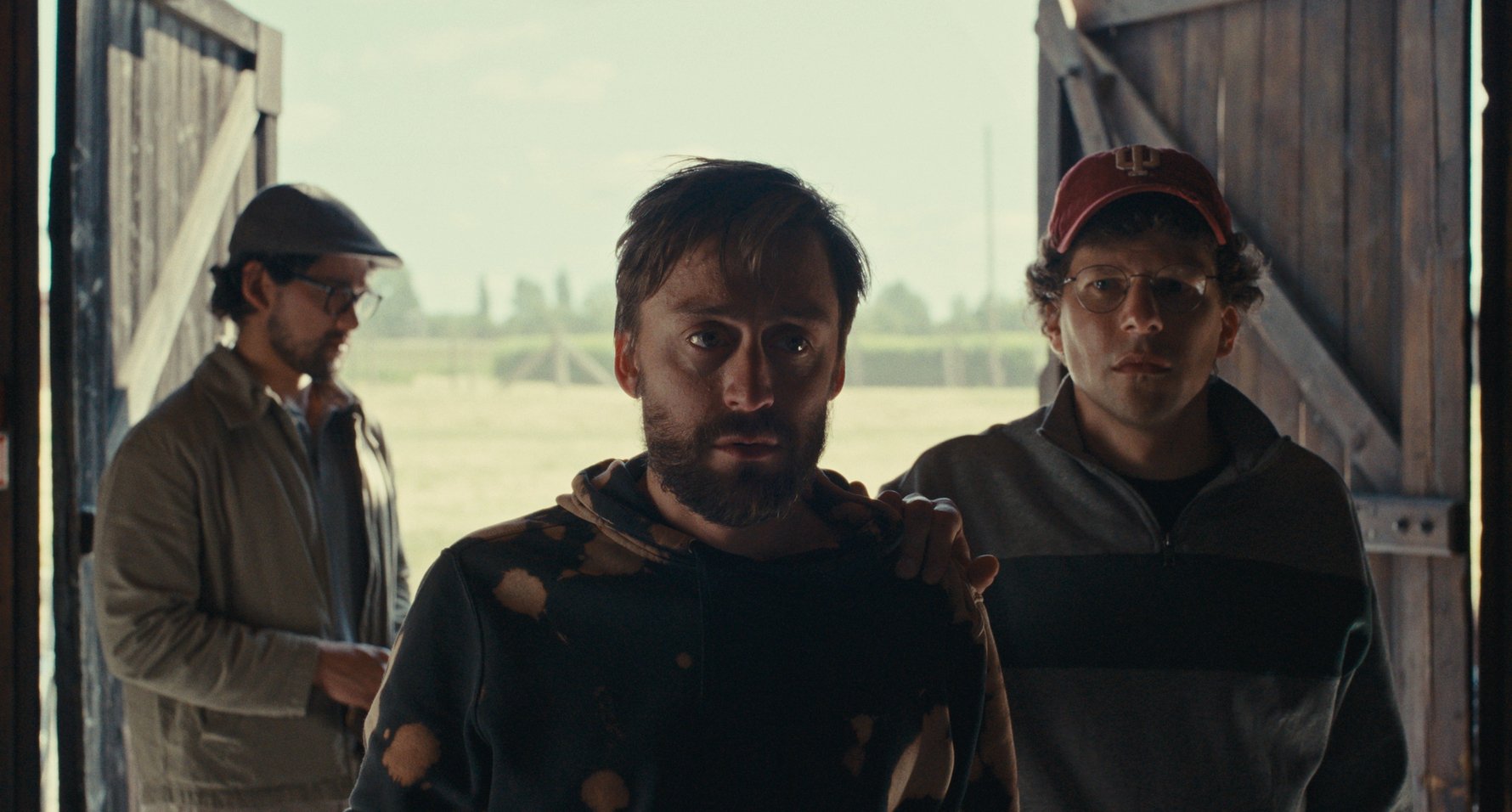
Lublin's Jewish district is centred around the east side of the Old Town, lined with beautiful historic buildings and a large lush parkland. Furthermore, throughout the Old Town itself, there are numerous traces of the city's once-strong Jewish community, plus murals and other bits of historic 'interpretation,' that very much wear this aspect of the city's heritage on its sleeve. Many of these tributes are genuinely moving, and add to the palette of colours that Lublin's historic centre has to offer. However, the film's incessant focus on Poland's graytones completely lets both teams down.
The final location in 'A Real Pain' is Krasnystaw, about 53km southeast of Lublin, in which David and Benji split from the tour group to visit the childhood home of their late grandmother. Apparently, the house they visit is in fact the house that Eisenberg's ancestors lived in up until 1939. When David and Benji attempt to place visitation stones (a Jewish tradition for acknowledging the dead), they are called out by an old man and his son from the balcony across the street, saying that the stones are a tripping hazard for the eldery neighbour who resides there. As the son translates for his father, we get an amusing (and in my opinion, on-point) interaction, including the ESL reaction: "This is for me very interesting." This scene is the only extensive interaction with Poles that we get in the whole film, and, while it would've been nice to see more of that, (especially with younger Poles), I understand that the absence of interaction relates closer to the ideas that Eisenberg has chosen to explore in his script.
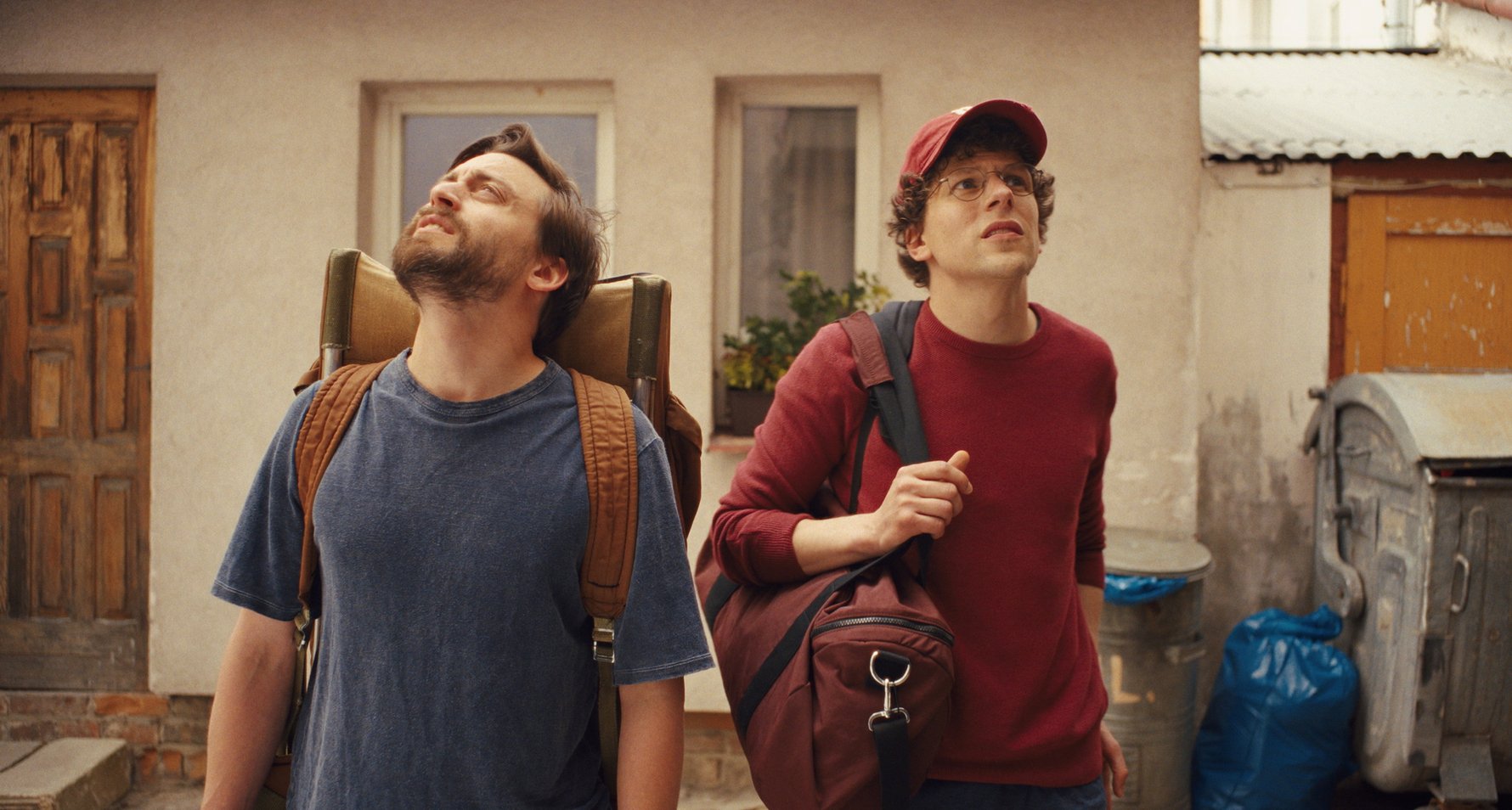
So is the film any good? Yes, it is a fantastic film, and we expect it to continue garnering praise throughout Oscar season. However, Poles and long-term expats will no doubt have plenty to say about the film's visual representation of Warsaw and Lublin, historic cities that are home to some of the country's most photogenic sites. Hollywood is arguably the best advertising for travel and tourism, and, knowing what opportunities exist in these destinations, and many others in between, it is really disappointing that the film didn't do more to challenge the stereotype of Poland as a grey, boring country that still persists to some degree in the West. It is even more confounding when you consider the Polish involvement in this production, and how they could have steered the location scouting and cinematography in a more positive direction. Let's hope that the next "love letter to Poland" includes some more pretty pictures!


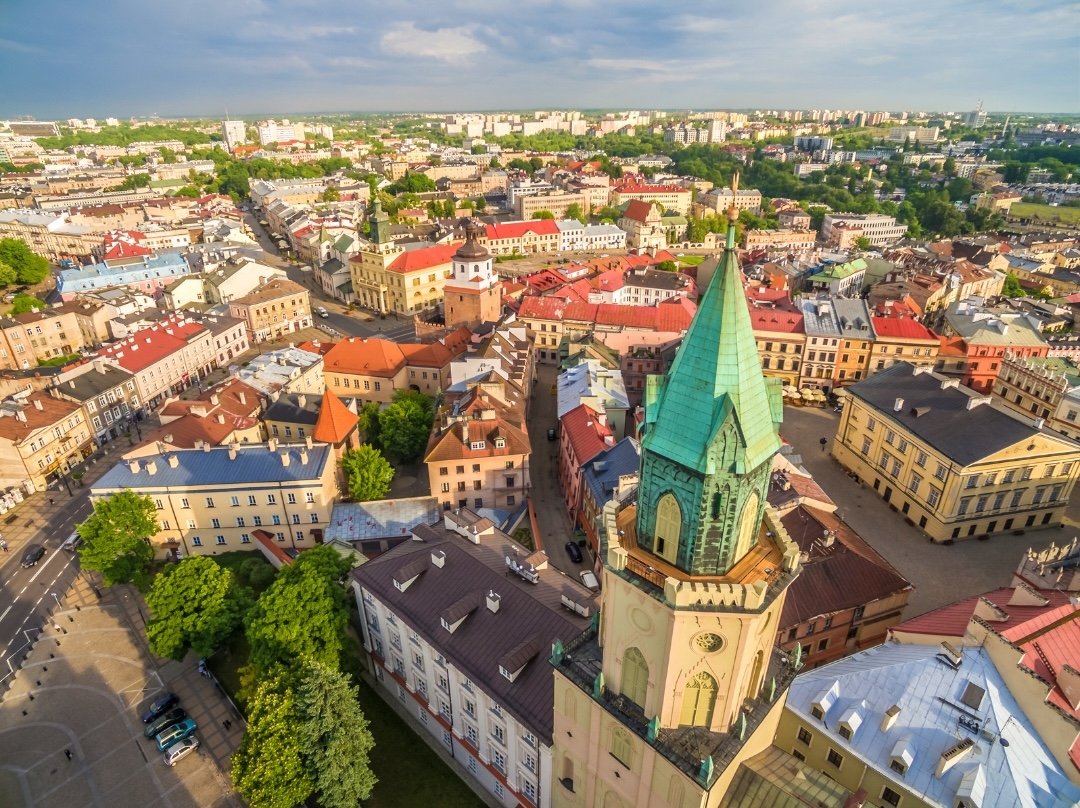
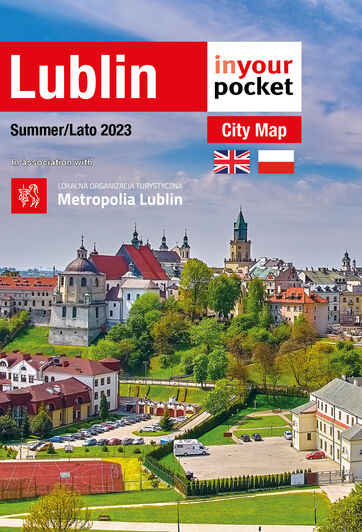
Comments